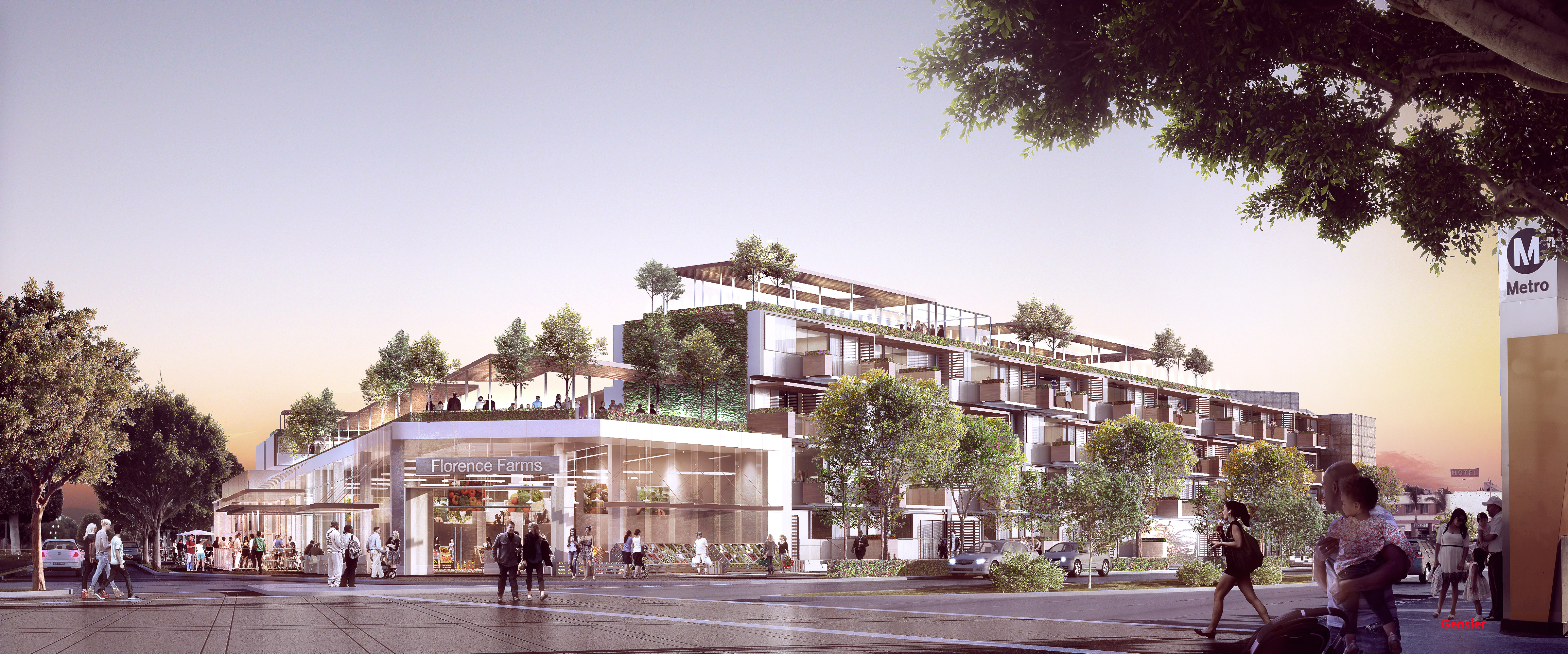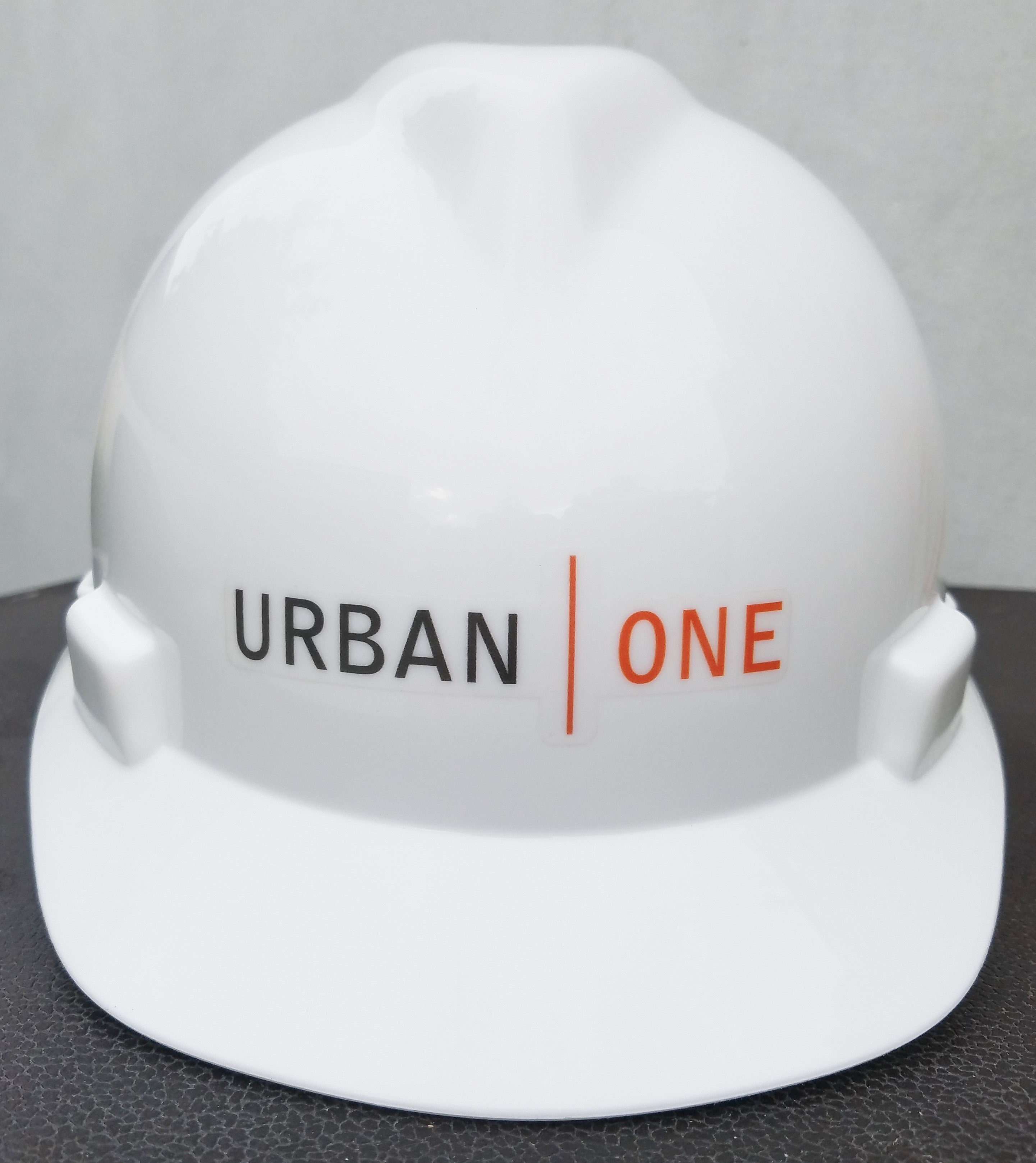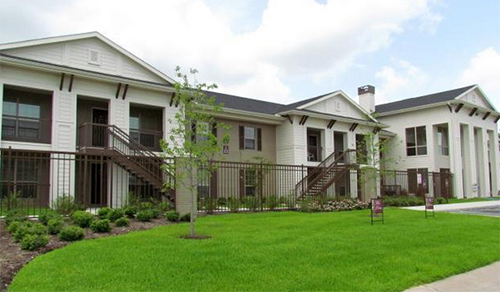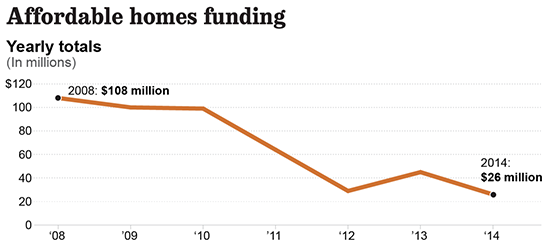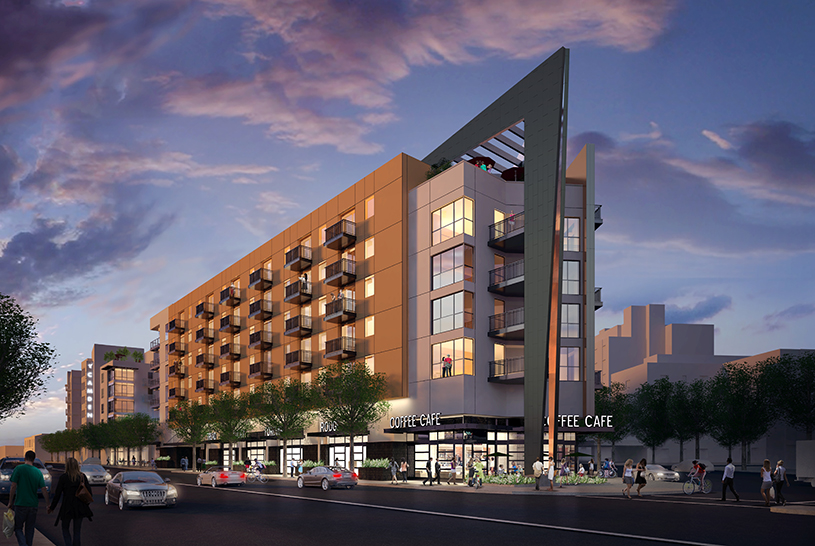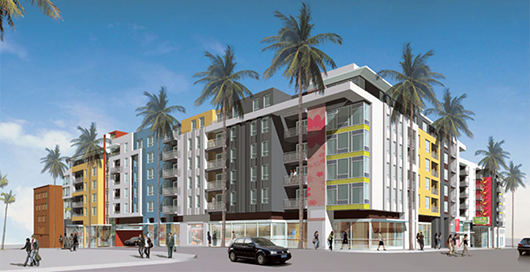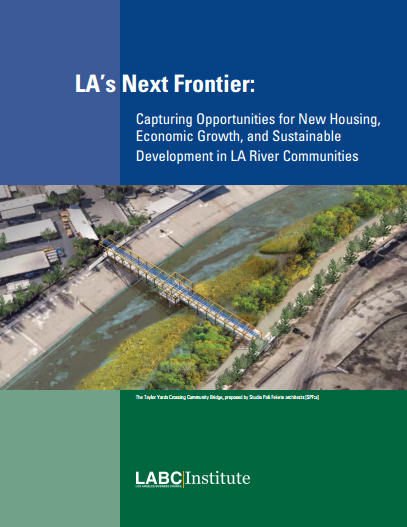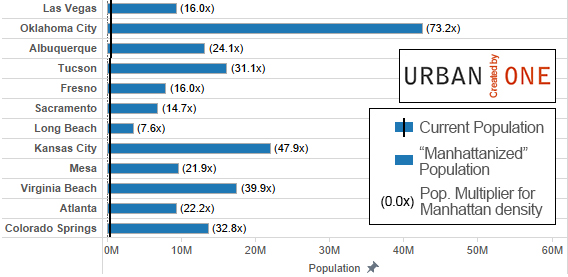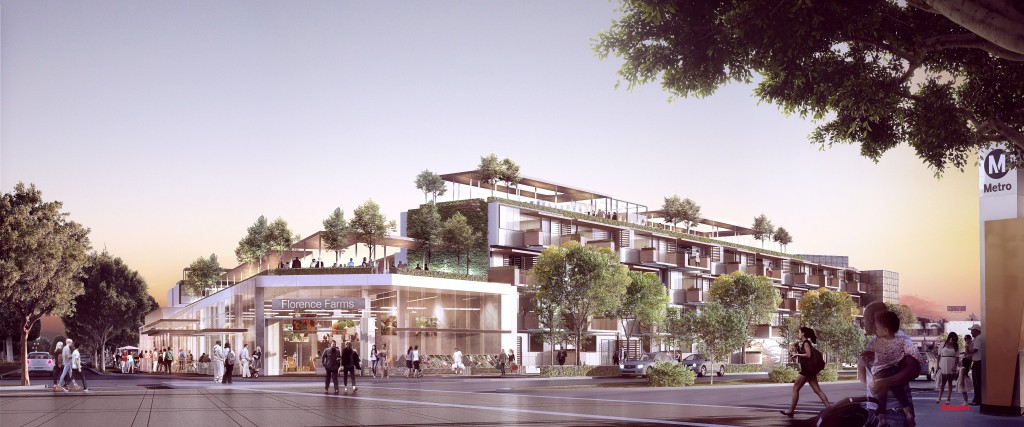
For the past two years, Urban One has been fortunate to collaborate with Professor Paul Habibi and the Los Angeles Business Council on the LABC Institute’s Livable Communities Report. The 2013 Livable Communities Report: A Call to Action, was just unveiled at the LABC’s Annual Mayoral Housing, Jobs, and Transportation Summit last Friday, October 18th. In 2012, this report focused on the intersection between housing, jobs, and transportation across Los Angeles County. Particular emphasis was placed on the need to develop workforce housing–affordable to those earning between 50 and 120 percent of the Area Median Income (AMI)–countywide. The report concluded that developers and cities can work to leverage the County’s current massive investment in its transit infrastructure to connect workforce housing to employment and activity centers.
The 2013 LABC Report emphasizes on the ground solutions to incentivize more workforce housing development in livable communities near transit. Professor Habibi and Urban One chose to take on the perspective of the development community and highlight some of the current opportunities and challenges to developing workforce housing in these target markets.
The report introduces the Livable Community Opportunity Index, a market analysis tool that is used to score 104 current and future stations along the region’s light rail and bus rapid transit (BRT) lines. The Van Nuys Orange Line BRT station area and the Florence/La Brea station area along the future Crenshaw Line in Inglewood are presented as case studies for developers and cities seeking to develop quality projects along the County’s transit network. These case studies exemplify many of the development opportunities that exist around the Metro rail and BRT system; however, they both encounter substantial financial gaps when workforce housing is introduced into the development program.
The 2013 report concludes with a number of key recommendations for policy leaders across the two general categories of Project Finance and Development Incentives. The report and the discourse the took place at the LABC Summit both make it apparent that in order to see a substantial increase in mixed-use, mixed-income development that capitalizes on the growing public transportation network, cities must reevaluate the way that they work with developers to encourage high quality projects in this essential market.
You can read the full report here: 2013 LABC Livable Communities Report.

